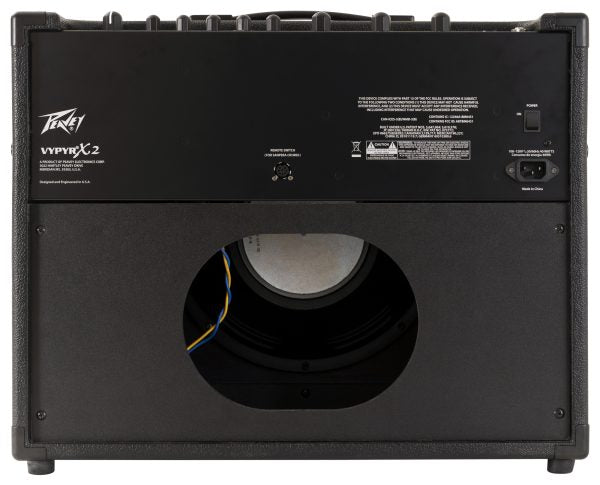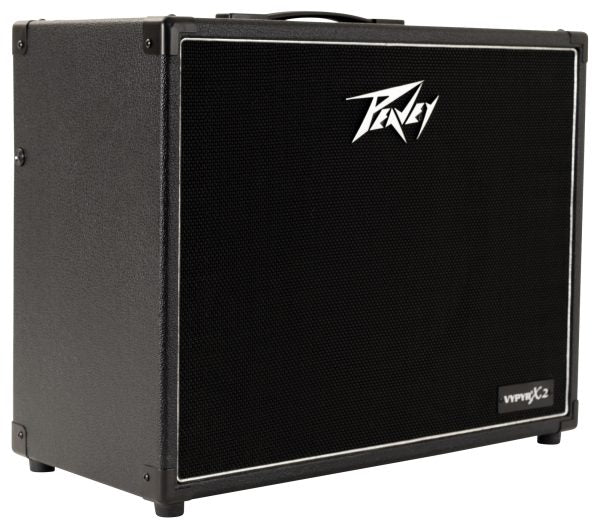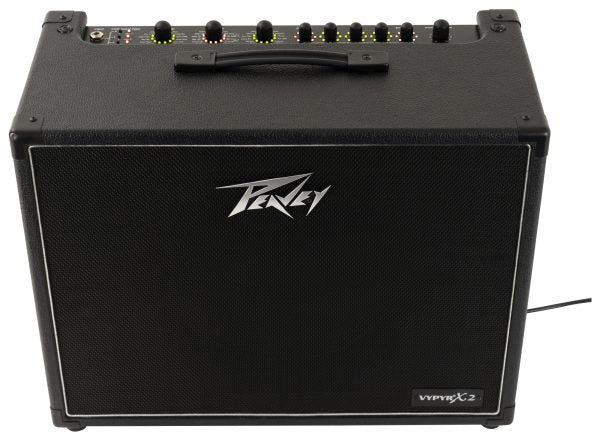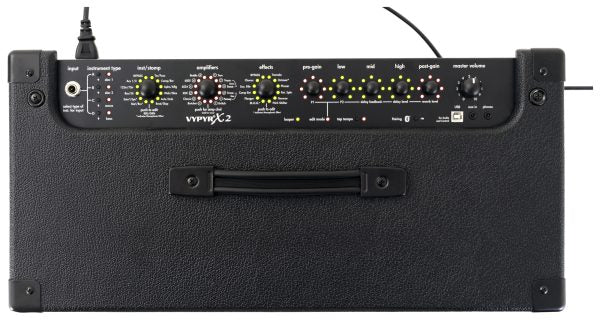Peavey Electronics has a long - standing reputation for innovation in guitar amplifiers. In 2008, they launched the original VYPYR, introducing many industry firsts like on - board USB, stompbox presets, a looper, 5 - effect simultaneous operation, and the revolutionary TransTube analog/digital hybrid technology. In 2012, the VYPYR VIP, the world's first Variable Instrument Performance amp, took things further by being suitable for electric, bass, and acoustic guitars and adding instrument models. Now, the VYPYR X2 continues this tradition. It features updated styling, a top - notch cabinet design for excellent acoustic performance, and improved TransTube technology. Plus, it comes with Bluetooth remote control and audio streaming capabilities. With the iOS app, you can stream backing tracks and control all settings. The VYPYR X2's analog distortion via TransTube technology sounds great and allows for 5 simultaneous effects. Its variable instrument input lets you switch between electric, bass, and acoustic guitars on the same amp. You can use up to 10 instrument models to transform your sound. The WYSIWYG interface makes it easy to identify knob positions. And you can access all features right from the amp or with a footswitch. Key features include 40 Watts RMS, 10 instrument models, 12 custom - voiced heavy - duty speakers, 16 user - assignable presets, and more.





Using the Peavey Vypyr X2 is a breeze. First, connect your guitar to the variable instrument input. You can switch between electric, bass, and acoustic guitars without any hassle. To use the Bluetooth feature, pair your iOS device with the amp using the VYPYR control app. Once paired, you can stream audio, change presets, and control all settings remotely. If you want to play along with backing tracks, connect an external audio source to the 3.5mm aux in. For using the looper, you can connect an optional Sanpera footswitch. When it comes to maintenance, keep the amp in a dry and clean place. Avoid exposing it to extreme temperatures or humidity. Regularly check the connections to make sure they are secure. If you need to clean the amp, use a soft, dry cloth. And always turn off the amp before making any connections or disconnections to avoid any electrical issues.
